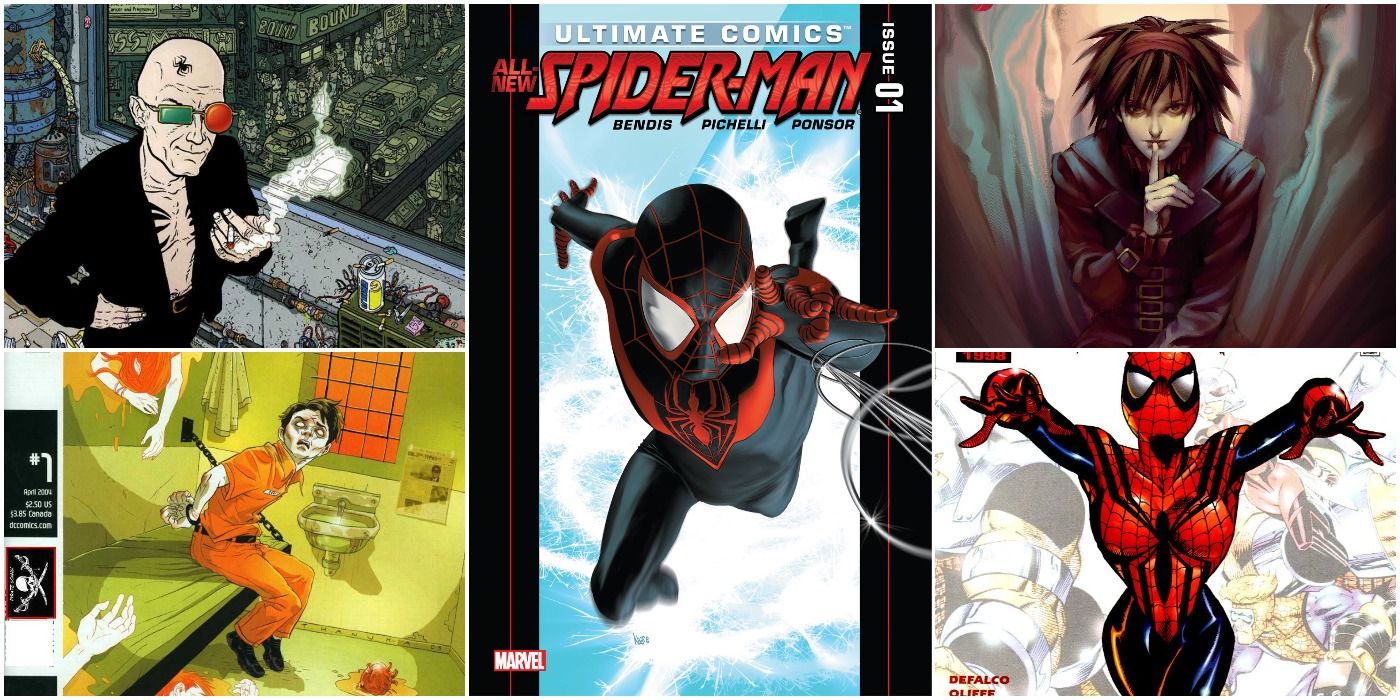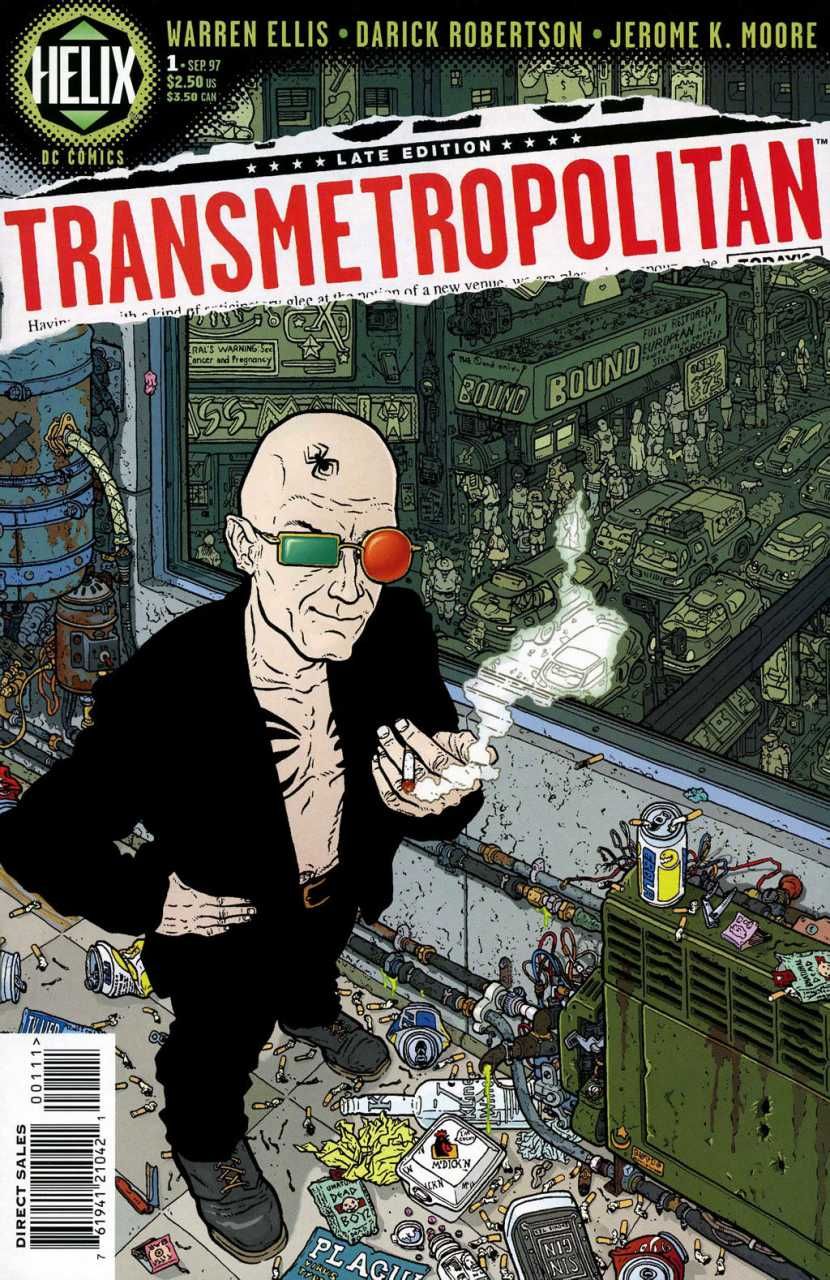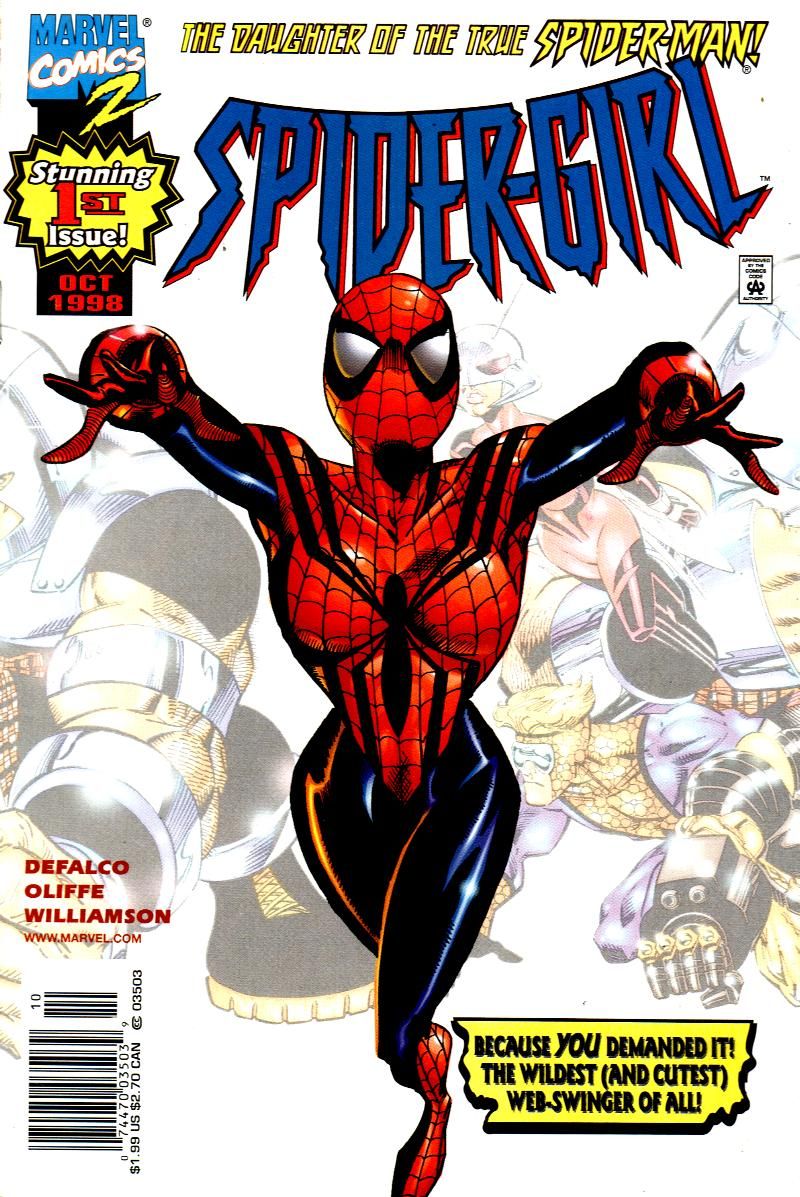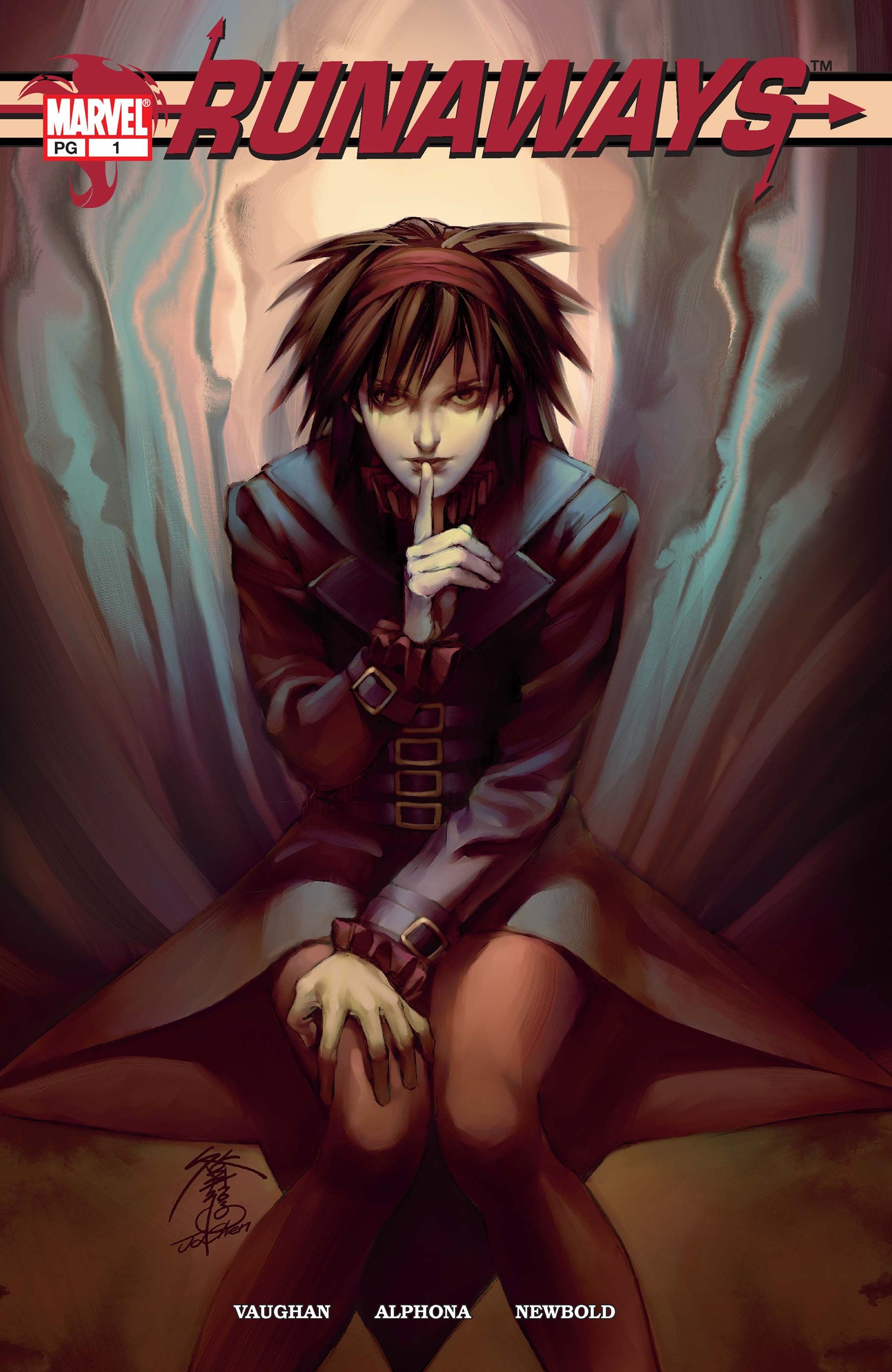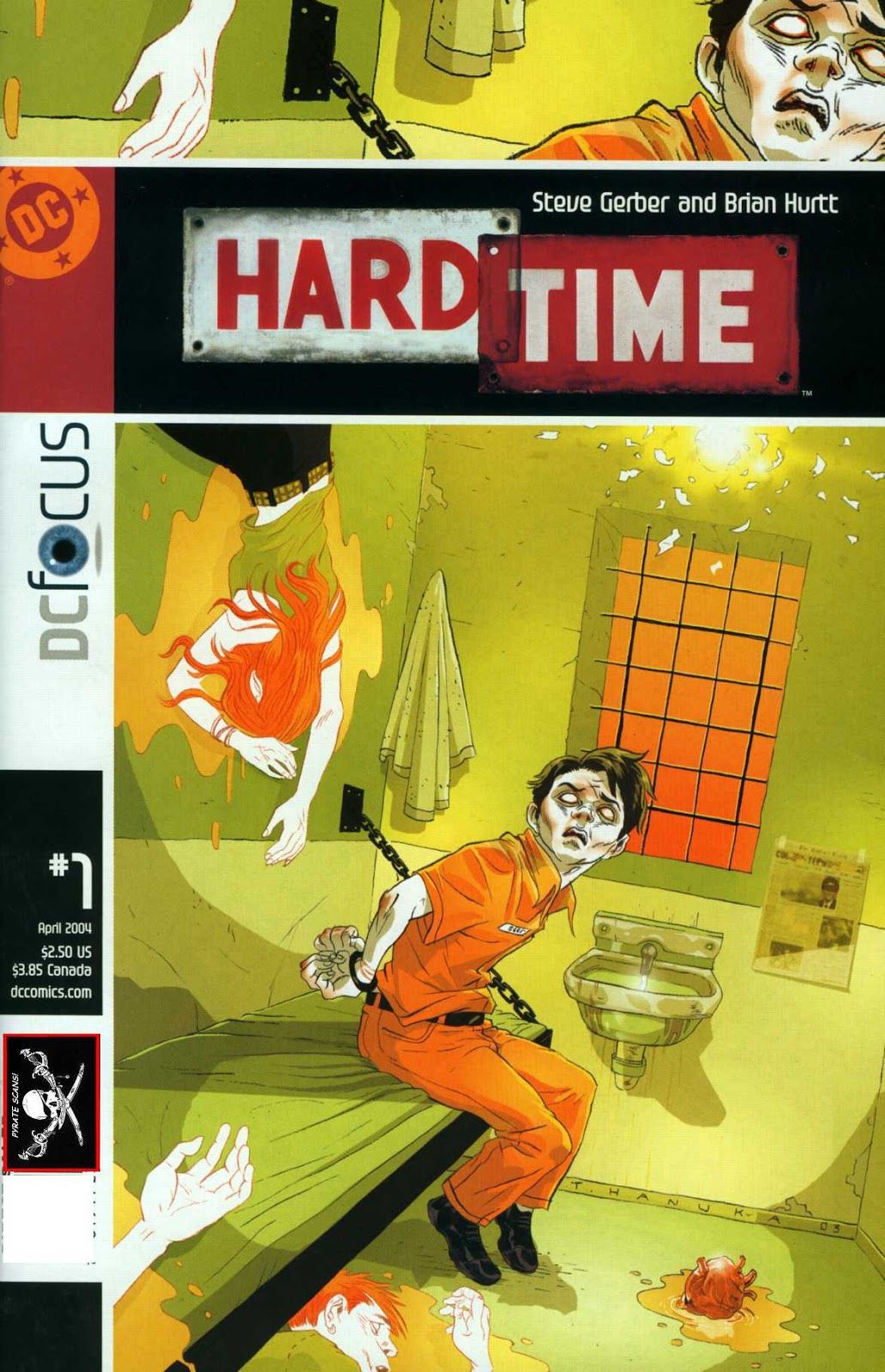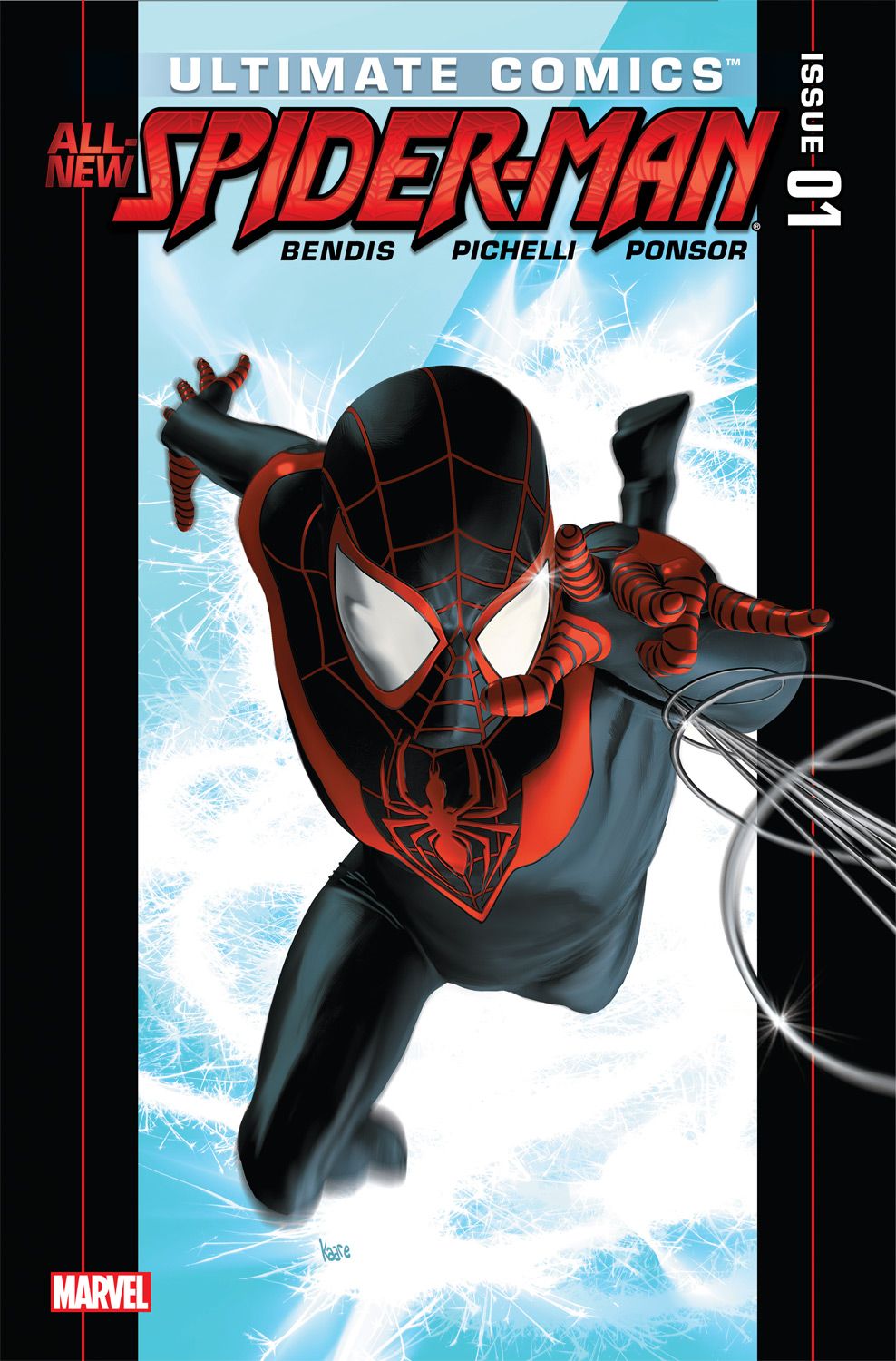In Drawing Crazy Patterns, I spotlight at least five scenes/moments from within comic book stories that fit under a specific theme (basically, stuff that happens frequently in comics). Note that these lists are inherently not exhaustive. They are a list of five examples (occasionally I'll be nice and toss in a sixth). So no instance is "missing" if it is not listed. It's just not one of the five examples that I chose.
Today is a bit of a split from the usual format, as now I'm spotlighting five comic book SERIES that fit into a specific theme, which is comic books that kept going after the imprint that they were a part of collapsed around them.
TRANSMETROPOLITAN
When DC launched Vertigo, the line was mostly designed around a horror approach. Some of the titles did not fit neatly under that description, but the whole line owed its existence to the horror of Alan Moore's Swamp Thing and Neil Gaiman's Sandman, so it made enough sense at the time. However, after Vertigo was successful, DC thought of trying a new line of books aimed more at science fiction than horror.
Dubbed "Helix," the imprint launched in Summer of 1996 with Gemini Blood by Christopher Hinz and Tommy Lee Edwards and Cyberella by Howard Chaykin and Don Cameron. The original series had all ended (or were just about ended) when DC launched Transmetropolitan by Warren Ellis, Darick Robertson and Rodney Ramos. The series was a hit, but when its' second year began, DC just moved the series to Vertigo and canceled all of the rest of the Helix books (well, I think the others were already canceled by then, but you get the idea). Transmetropolitan ran 60 issues and was one of Vertigo's top books when it ended.
SPIDER-GIRL
Back in the 1960s, "test a character out in an anthology book and see if they're worth an ongoing series" was a common approach. Not so much in the 1990s, so when the What If...? issue (by Tom DeFalco, Ron Frenz and Bill Sienkiewicz) that introduced Peter Parker's daughter in the future, May "Mayday" Parker and saw her become Spider-Girl actually led to its own line of comic books, it was a huge shock.
The line was called Marvel Comics 2, as this was the future of the Marvel Universe, but set in the present, if that makes any sense. Marvel played it conservatively, launching three series as maxiseries (Spider-Girl, A-Next starring the Avengers of the future and J2 starring the son of the Juggernaut). Spider-Girl was brought back for a second year, and A-Next and J2 were replaced by Fantastic Five and Wild Thing (the daughter of Wolverine and Elektra).
Those series ended, as well, and with Spider-Girl #33, Spider-Girl was folded into Marvel Comics overall.
RUNAWAYS
"Marvel Tsunami" was launched with the idea of creating comic books that would appeal to manga readers. The interesting thing about the line is that outside of a few of the individual comics in the group, none of the art was necessarily manga style, so it was really a bit unclear what the connection was between, say, Venom and Mystique and Runaways and Sentinel, with the latter two titles being aimed at an all-ages audience and the first two, well, not. Venom's series introduced a new host for Venom, while Human Torch and Namor had normal enough series. New Mutants introduced some new mutants mentored by the original New Mutants and Mystique was a fun spy series by Brian K. Vaughan.
Vaughan, of course, was the co-creator with Adrian Alphona of the Runaways, who lasted 18 issues (the same as Venom) and was then relaunched as a regular Marvel comic book series.
HARD TIME
An interesting thing over the years is how many times DC looked at the Vertigo line and said, "This isn't a big enough of an imprint to cover what we are looking for." It's a bit confusing to me, since I would tend to think that Vertigo was a bit enough of an umbrella to fit a whole lot of different titles. I mean, look at the original series when it launched. Sandman was very different from Doom Patrol which was very different from Animal Man.
In any event, DC decided to launch DC Focus, an imprint built around the idea of people getting superpowers, but in a lot different fashion than superhero comics. Touch, by John Francis Moore and Wes Craig, had a guy who could give people superpowers by touching them. Kinetic, by Kelley Puckett and Warren Pleece, about a sickly teen who gains super strength. Fraction, by David Tischman and Timothy Green II, about a group of friends who find a powerful exoskeleton and each one takes a piece of the armor. Finally, there was Hard Time, by Steve Gerber and Brian Hurtt, about a teen who inadvertently found himself taking part in a school shooting (he thought the plan was to fake a shooting to scare the bullies at school, but his friend brought real guns) and his powers kicked in when he killed his friend to save another student's life. The teen was sentenced to 50 years in prison and the book follows his life in prison.
The imprint folded after a year, but Hard Time was then briefly brought back as a regular DC comic.
ULTIMATE SPIDER-MAN
This is the most unusual example of this trend, since the book in question launched over a DECADE into the history of the line! In 2000, Marvel launched Ultimate Comics, which was about brand-new stories featuring Marvel's most famous characters, just with brand-new continuity. So Spider-Man was in high school and most of the X-Men were teenagers, as well. The issue with launching a new universe to get rid of continuity is, well, after ten years, you'd have a lot of continuity as well!
Plus, throughout the 2000s, Marvel's main series tended to adopt the types of stories they were doing in the Ultimate Universe, so Brian Michael Bendis, the writer of Ultimate Spider-Man, shook things up by killing off Peter Parker and replacing him with a young teen named Miles Morales. Miles was a big hit, and so when the Ultimate Universe ended in Marvel's 2015 crossover, Secret Wars, Miles moved to the Marvel Universe, where he has had a series ever since.

